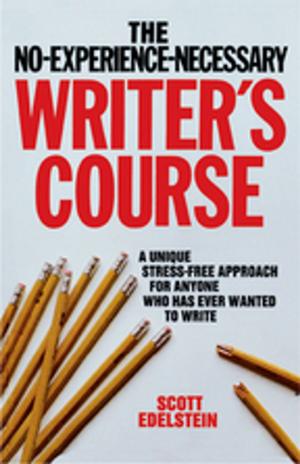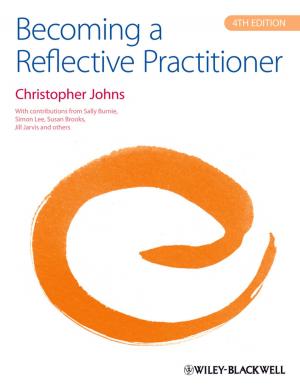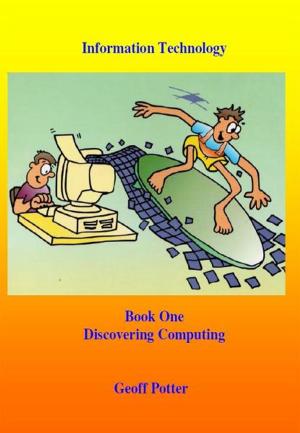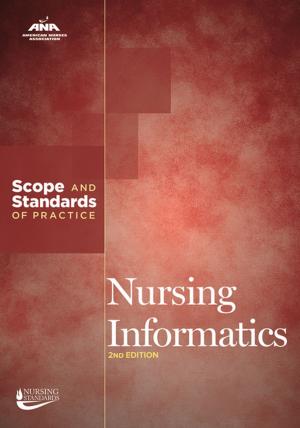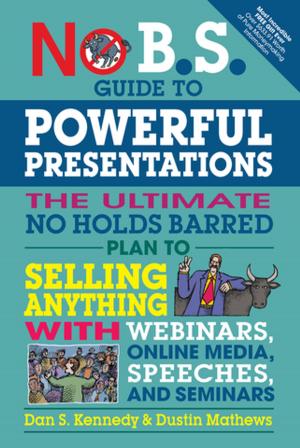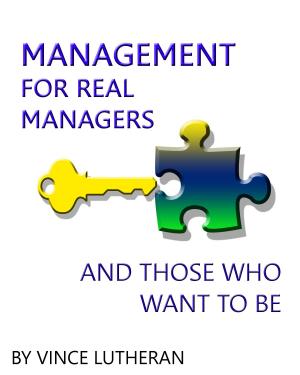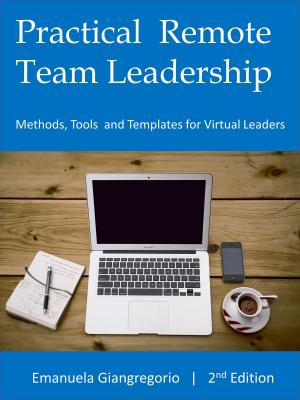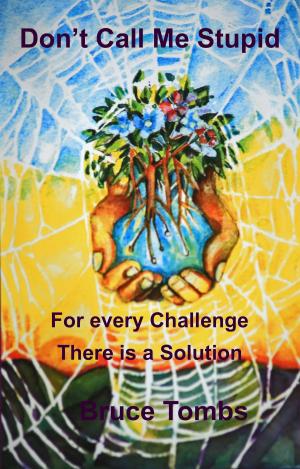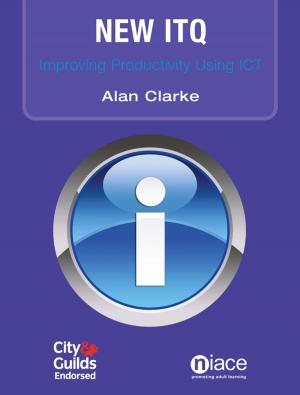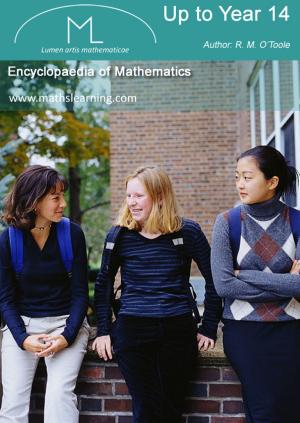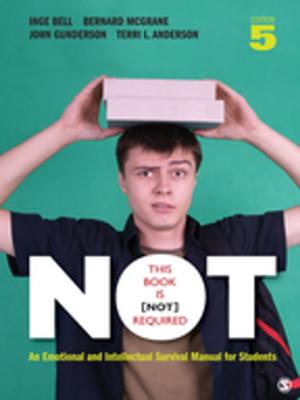Becoming Efficient With Computers
Nonfiction, Computers, Application Software, Educational Software, Computer Hardware, Personal Computers, General Computing, Skills| Author: | Potter, Geoff | ISBN: | 9780986744051 |
| Publisher: | ITCA Digital Education Systems | Publication: | September 1, 2012 |
| Imprint: | Language: | English |
| Author: | Potter, Geoff |
| ISBN: | 9780986744051 |
| Publisher: | ITCA Digital Education Systems |
| Publication: | September 1, 2012 |
| Imprint: | |
| Language: | English |
This is the sixth book in a series of ten electronic boks designed to educate young children and school-age students about information technologies and the digital world they live in. Who will benefit from this book? This book is most suitable for young people in their middle grade levels. For students with little or no prior knowledge of ICT and computing, it is effective when used in conjunction with Books Four, Five and Seven. It may also be helpful for teachers introducing ICT or integrating it into the curriculum. Contents: Book Six comprises five modules:Module One: The Keyboard. The theme of this module is learning how to keyboard efficiently and comfortably. The first unit explores the ergonomics of sitting at a desk keyboarding: how to avoid physical discomfort. This is followed by two units exploring the efficient use of a keyboard. The more efficient a student is at keyboarding the less time he/she will spend typing. Students are offered the opportunity to practice and test their keyboarding skills. Unit One: Ergonomics. Unit Two: The Keyboard. Unit Three: Keyboarding Techniques. Module Two: Using Models and Simulations.The theme of this module is the effective and creative use of computer simulations and models and the relationship between computing, research and inventiveness. Unit One: How Do We Identify a Challenge? Unit Two: What Can We Learn from Communicating with a Computer? Unit Three: Making Projects with Scratch. Unit Four: Let's Explore Simulations. Unit Five: Learning from Simulations. Module Three: The Mathematics of Computing. Computing and mathematics are interwoven. In some ways computing is a practical and creative application of mathematics. This module enables the student to explore the relationship between mathematics and computing: the history, the theory and the logic. Unit One: Computational Mathematics: Sorting, Classifying and Storing Data. Unit Two: Learning to Program with Alice. Module Four: Working With The Internet. This module introduces students to the Internet: its history and its primary uses, including its technical nature and how to search efficiently. The components of email, chat systems and search engines are also explored. Unit One: What Is The Internet? Unit Two: Using The Internet. Unit Three: Making Web Pages from templates. Unit Four: Email. Unit Five: The World Wide Web. Module Five: Photoshop.Photoshop is very popular image manipulation software. In this module the student can explore Photoshop: how to download it, how it works, and basic techniques for manipulating images and creating effects.Unit One: Working With Photoshop.Unit Two: Adding Effects. The book is colorful, creative and contains many challenges and activities designed to help young students understand how digital technologies work and how they may efficiently use them to learn and communicate. Most of the recommended software is Open Source. The book also contains an integrated Continuous Assessment process which may be of value in some educational environments. Modules at each level are divided into skills and knowledge-focused units. At the end of each unit students may describe what they have learned and their parent or teacher may award points for each item covered. Marks may be accumulated throughout the school year. A grade based upon the total points accumulated may be awarded at any time during the year. There are no tests or examinations in this program. What are the intended uses of this book? 1.This book is designed to support both teachers and students in existing ICT curricula and may be useful in areas such as Science, Language Arts, Mathematics and the Arts. 2.The book supports public and private education systems instruction and skills training programs to ensure that young people possess the knowledge and skills to function in a digital society, and ultimately to prepare them for entry into higher education and an increasingly digital and computer-based workforce.3. Students and parents may use the book for home schooling use in support of study projects and personal skills development.
This is the sixth book in a series of ten electronic boks designed to educate young children and school-age students about information technologies and the digital world they live in. Who will benefit from this book? This book is most suitable for young people in their middle grade levels. For students with little or no prior knowledge of ICT and computing, it is effective when used in conjunction with Books Four, Five and Seven. It may also be helpful for teachers introducing ICT or integrating it into the curriculum. Contents: Book Six comprises five modules:Module One: The Keyboard. The theme of this module is learning how to keyboard efficiently and comfortably. The first unit explores the ergonomics of sitting at a desk keyboarding: how to avoid physical discomfort. This is followed by two units exploring the efficient use of a keyboard. The more efficient a student is at keyboarding the less time he/she will spend typing. Students are offered the opportunity to practice and test their keyboarding skills. Unit One: Ergonomics. Unit Two: The Keyboard. Unit Three: Keyboarding Techniques. Module Two: Using Models and Simulations.The theme of this module is the effective and creative use of computer simulations and models and the relationship between computing, research and inventiveness. Unit One: How Do We Identify a Challenge? Unit Two: What Can We Learn from Communicating with a Computer? Unit Three: Making Projects with Scratch. Unit Four: Let's Explore Simulations. Unit Five: Learning from Simulations. Module Three: The Mathematics of Computing. Computing and mathematics are interwoven. In some ways computing is a practical and creative application of mathematics. This module enables the student to explore the relationship between mathematics and computing: the history, the theory and the logic. Unit One: Computational Mathematics: Sorting, Classifying and Storing Data. Unit Two: Learning to Program with Alice. Module Four: Working With The Internet. This module introduces students to the Internet: its history and its primary uses, including its technical nature and how to search efficiently. The components of email, chat systems and search engines are also explored. Unit One: What Is The Internet? Unit Two: Using The Internet. Unit Three: Making Web Pages from templates. Unit Four: Email. Unit Five: The World Wide Web. Module Five: Photoshop.Photoshop is very popular image manipulation software. In this module the student can explore Photoshop: how to download it, how it works, and basic techniques for manipulating images and creating effects.Unit One: Working With Photoshop.Unit Two: Adding Effects. The book is colorful, creative and contains many challenges and activities designed to help young students understand how digital technologies work and how they may efficiently use them to learn and communicate. Most of the recommended software is Open Source. The book also contains an integrated Continuous Assessment process which may be of value in some educational environments. Modules at each level are divided into skills and knowledge-focused units. At the end of each unit students may describe what they have learned and their parent or teacher may award points for each item covered. Marks may be accumulated throughout the school year. A grade based upon the total points accumulated may be awarded at any time during the year. There are no tests or examinations in this program. What are the intended uses of this book? 1.This book is designed to support both teachers and students in existing ICT curricula and may be useful in areas such as Science, Language Arts, Mathematics and the Arts. 2.The book supports public and private education systems instruction and skills training programs to ensure that young people possess the knowledge and skills to function in a digital society, and ultimately to prepare them for entry into higher education and an increasingly digital and computer-based workforce.3. Students and parents may use the book for home schooling use in support of study projects and personal skills development.

